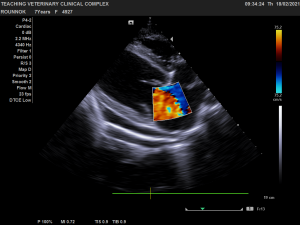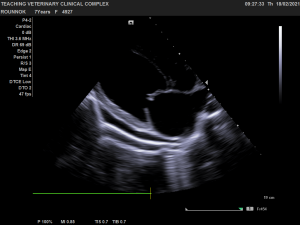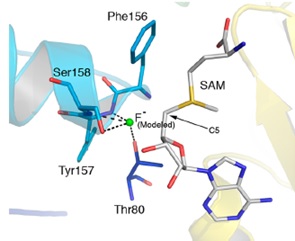Dr. Prerona Patowary
MVSc Scholar, Department of Veterinary Clinical Medicine, Ethics & Jurisprudence, College of Veterinary Science, AAU, Khanapara, Guwahati- 781022 preronapatowary@gmail.com
INTRODUCTION
Companion relationships of dogs and humans have been in existence ever since they were first domesticated and it can undoubtedly be said that no other animal has served the mankind more ably and devotedly than dogs. Nowadays, a growing number of people in urban areas is keeping dogs as companion animals and the population of dogs is on the increase. This can be indirectly assessed from the increasing trend in the cases of dogs presented at Veterinary Clinical Complex in the last ten years which by now has been estimated to be increased by two-folds.
Heart failure is believed to be the second most common cause of death in dogs. During recent years, cardiac diseases are being diagnosed with increasing mortality with insidious nature and are considered as important health problems in dogs and it has been concluded that canine cardiac diseases are common, complex, and devastating to owners. They are often silent killers, leaving owners and breeders wondering what could have been done to prevent the loss of their treasured pet.
What is Congestive Heart Failure?
The common ultimate pathological feature for all cardiovascular diseases is congestive heart failure (CHF). Congestive heart failure is a complex clinical syndrome wherein certain predictable hemodynamic changes develop as a consequence of impaired cardiac performance and the complex interplay of numerous neuroendocrine compensatory mechanisms. It is defined as systolic and/or diastolic failure of the heart and activation of neurohormonal mechanisms resulting in cardiogenic pulmonary/ generalised edema or it is a condition where dog’s heart cannot deliver sufficient blood to its body. This condition can be caused by a failure of the left side, the right side, or both sides of the heart. When the heart starts to fail, the body can compensate to ensure that tissues receive the blood and oxygen they need. As the heart disease increases in severity, these compensatory mechanisms become overwhelmed. The heart is then unable to pump adequate quantities of blood, so fluid backs up in the body, causing congestion. With left-sided heart failure, fluid is retained in the lungs. With right-sided heart failure, fluid accumulates in the belly. Congestive heart failure can occur at any time, but it happens most often in middle-aged to older dogs. Boxers, Doberman pinschers, and cocker spaniels may be genetically predisposed to certain types of heart failure.
Causes of Congestive Heart Failure
While many conditions can lead to congestive heart failure in dogs, one of the most common causes is dilated cardiomyopathy (Fig.1). In this condition, the chambers of the heart become enlarged, which weakens the muscle walls so that they are unable to pump adequate amounts of blood to the body. As a result, fluid may back up into the lungs, making breathing difficult, or into the abdomen, giving the dog a pot-bellied appearance.
Another important and common cause of congestive heart failure is myxomatous mitral valve disease (MMVD) / degenerative mitral valve disease (DMVD) or chronic valvular disease in the dog. Progressive degenerative lesions of the valve result in mitral regurgitation (Fig.2) imposing a gradually increase in chronic volume load on the left side of the heart.
The other causes of congestive heart failure in dogs include:
- Defects in the heart walls
- Fluid in the sac surrounding the heart- Pericardial effusions (Fig.3)
- Heart rhythm abnormalities
- Heartworm disease- Dirofilaria immitis
- Increased blood pressure
- Endocarditis (an infection of the heart valves)
- Tumors
- Pregnancy
Moreover, heart failure can be primary or secondary to other diseases, such as atherosclerosis, chronic nephritis, liver disease and even obesity. Congenital heart disease in dogs only represents 0.2%-1.0% of dog diseases but have significant morbidity and mortality rate.
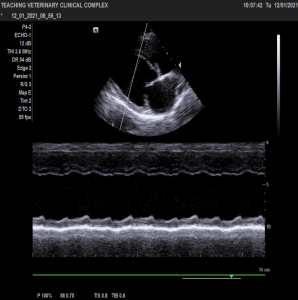
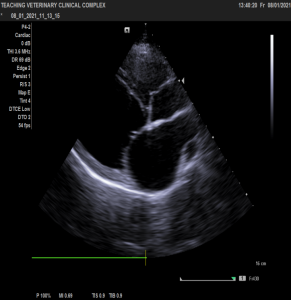
Fig.1 Echocardiographic images of dogs affected with dilated cardiomyopathy
Fig.2 Fig.3
Fig.2 Mosaic pattern of regurgitation indicates mitral valve insufficiency in color flow doppler
Fig.3 Echocardiographic 2D image showing pericardial effusion
Signs of this condition
During the early stages of congestive heart failure, dogs may show no signs at all. As the disease progresses, signs may include: difficulty in exercising, a loud murmur on auscultation, jugular distension, difficult or rapid breathing, weakness or lethargy (tiredness), coughing, cyanotic gums, abdominal distention and edema in limbs, fainting episodes, collapse and sudden death.
How it can be diagnosed
Accurate identification of cardiac disease is important especially for pet owners as well as genetic counseling for breeding programs is prerequisite among such owners. For proper determination of cause of congestive heart failure, a number of tests are recommended, such as:
- Proper auscultation of heart & lung to determine presence of abnormalities like murmur, pulmonary congestion, type of breathing, heart beat etc.
- Haematobiochemical tests including erythrogram, leucogram, serum creatinine, blood urea nitrogen, aspertate transaminase, alanine transaminase, total serum protein, albumin etc.
- Estimation of cardiac biomarker like cardiac troponin (cTnI), LDH, CK-MB, CRP and Leptin
- Heartworm tests
- Chest radiographs (or x-rays) to assess the heart, blood vessels, and lungs
- An electrocardiogram (ECG) to identify cardiac arrhythmias, cardiac chamber enlargements, electrolyte conduction defects, heart block, and pericardial effusions
- Echocardiography is considered to be the gold standard diagnostic tool for diagnosing CHF. It allows an evaluation of the space relationship between structures, cardiac movement and blood flow features, the precise and non-invasive diagnosis of cardiac alterations.
- Blood pressure tests
How congestive heart failure is treated
Dogs with congestive heart failure require regular medications for the remainder of their lives. Dogs with severe congestive heart failure may require initial hospitalization and oxygen therapy. Treatment of dogs with CHF typically consists of Diuretics, positive ionotropic drugs, ACE inhibitors, anthelminthic in case of heart worm disease and nutritional supplements like L-carnitine, Taurine etc. The effusions may be manually removed via abdominocentesis, thoracocentesis, or pericardiocentesis. A low-sodium diet may also be recommended to help minimize fluid accumulation. If the problem is caused by a congenital condition (a heart defect that the dog might had since birth), surgical repair may be an option.
CONCLUSION
Dogs are one of the trusted companions of human beings and their health is one of the major concerns towards the pet owners. Congestive heart failure may be cured with medications or other procedures, the underlying heart disease responsible for the CHF cannot. But treatment can help in improving the dog’s quality and length of life. Periodic blood tests, radiographs, and echocardiograms are often needed to monitor treatment success and disease progression.
REFERENCES
Beaumier A, Rush JE, Yang VK, Freeman LM (2018). Clinical findings and survival time in dogs with advanced heart failure. J. Vet. Intern. Med. 32: 944–950.
Erling and Mazzaferro (2008). Left-sided congestive heart failure in dogs: Pathophysiology and diagnosis in Compendium (Yardley, PA) · March 2008 (Accessed online on 1st June 2021)
The Merck Veterinary Manual, 11th Edition.


